A New Beginning
Our path away from chemical agriculture towards sustainable, Regenerative agriculture.
It was a day like any other, happily going about our morning on our small farm. Until we looked out at our paddocks. Where verdant grass had rolled away down the hill, albeit a bit short and interwoven with a range of broad leaf “weeds” taking advantage of our summer irrigation, our gaze was now met by a spreading yellow brown. Now perhaps only a horse owner – or a dairy farmer – can truly feel the immense crushing weight of such a sudden, unexpected Tragedy.
With grim apprehension we strode down the hill to study the lower slopes. The reality was truly devastating. We had sprayed a week earlier with a grass-friendly broadleaf weed killer. Just like the agronomist told us to. With the product he recommended. At the usual rate. And as we had done at previous farms numerous times. So sure the capeweed, Salvation Jane and flatweed was gone. But so was Everything Else.
Frantic calls were made. How could we be sure it was the spray? It probably wasn’t, they sternly chided. Something else must definitely be going on. And yet – see these little straight lines and corners where the spray didn’t quite overlap? They’re still green and strong!! It’s definitely the spray we whisper to ourselves.
You must have old grass, they said. The modern strains don’t do that. Well, could you have mentioned that in your rave reviews for this product? No of course not. We’ve never seen this before, they shrugged.
What recourse do we have for this bad advice? For this unprecedented disaster? We’ve just lost our three best paddocks of feed coming into summer doing what the experts told us to do. “Well of course, there’s no guarantee with our agronomy services. It was your decision to act on our advice. We’re not responsible.”
This is how we arrived at the big decision to Never Spray Again.
Here are the photos we took of that terrible day. In coming weeks we hoped and watched in vain as the grass failed to recover. The paddocks were dust pans all summer long. And mud the next winter. And spring. And dust with Jane all over it in summer. The loss was unimaginable. The very soil had died.
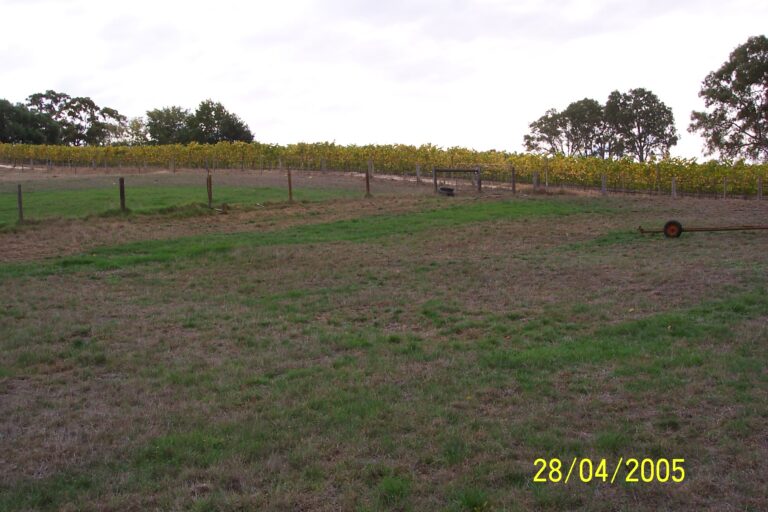
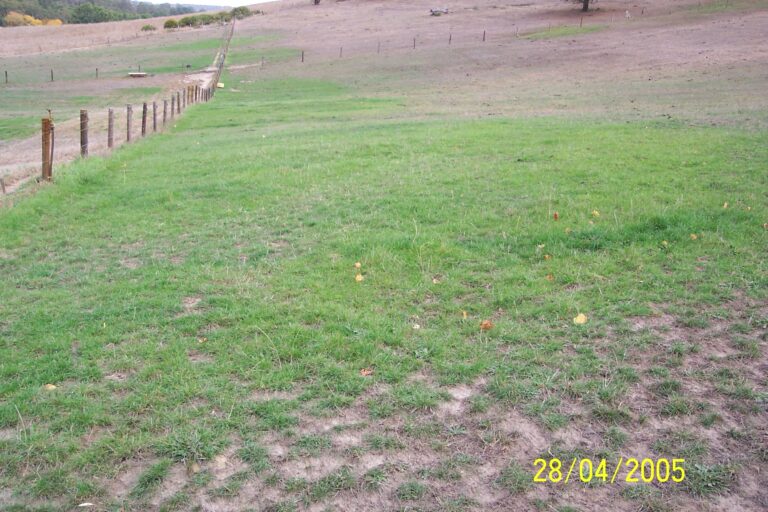
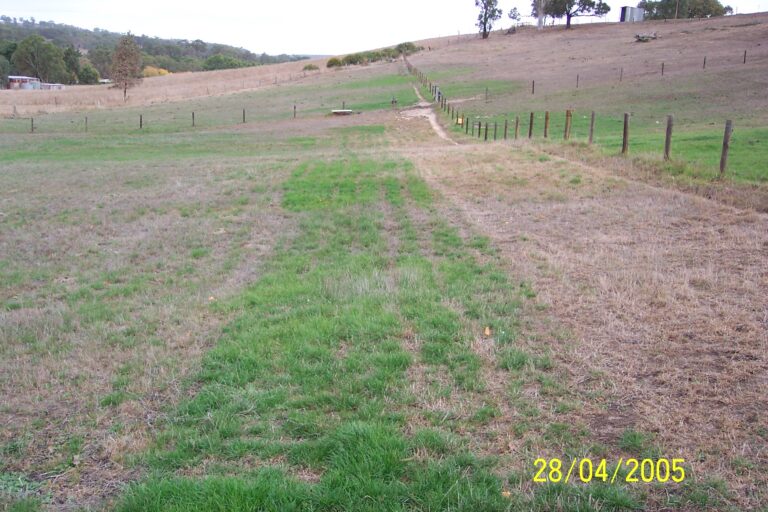
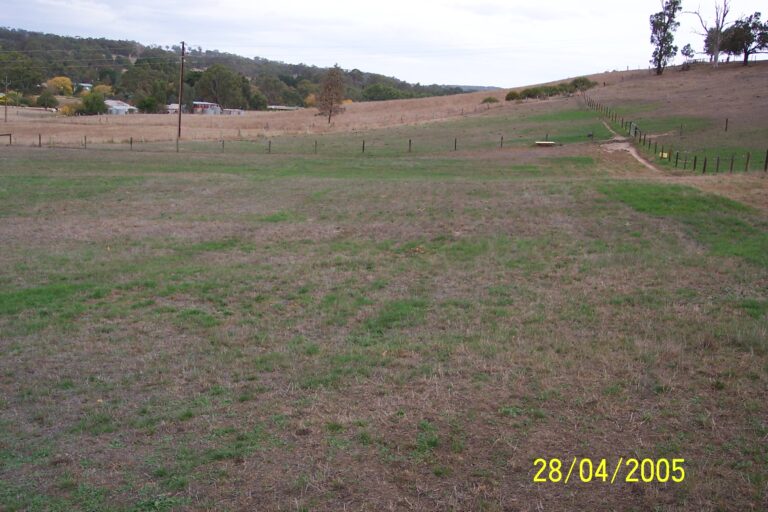
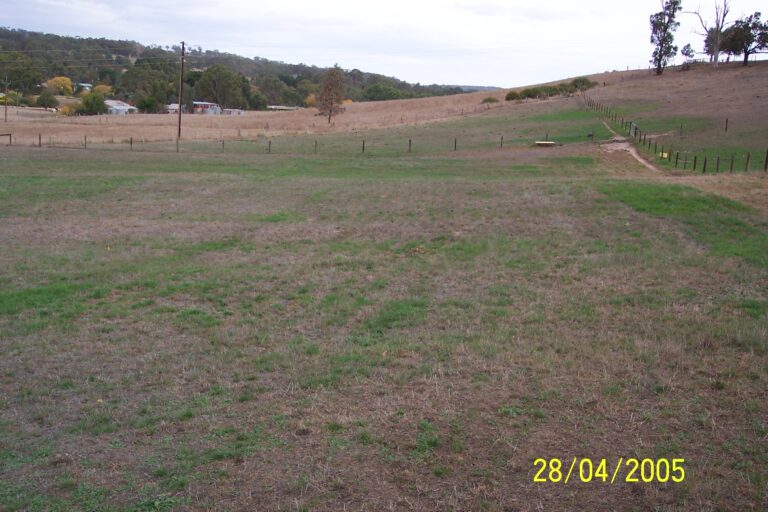
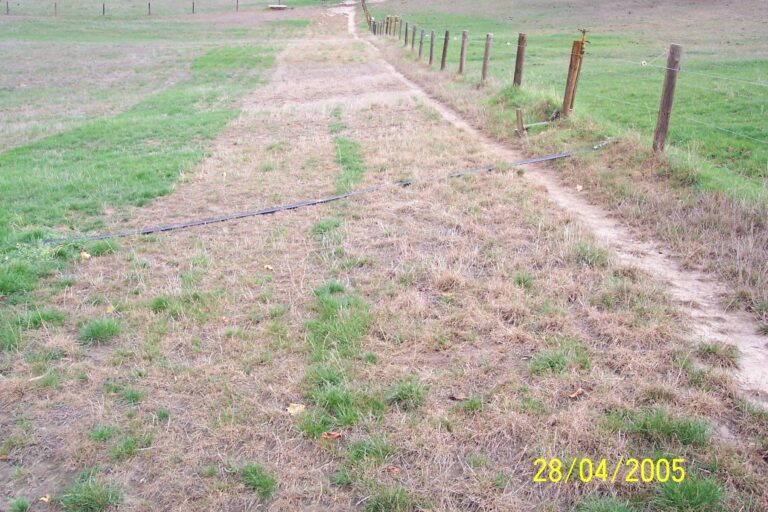
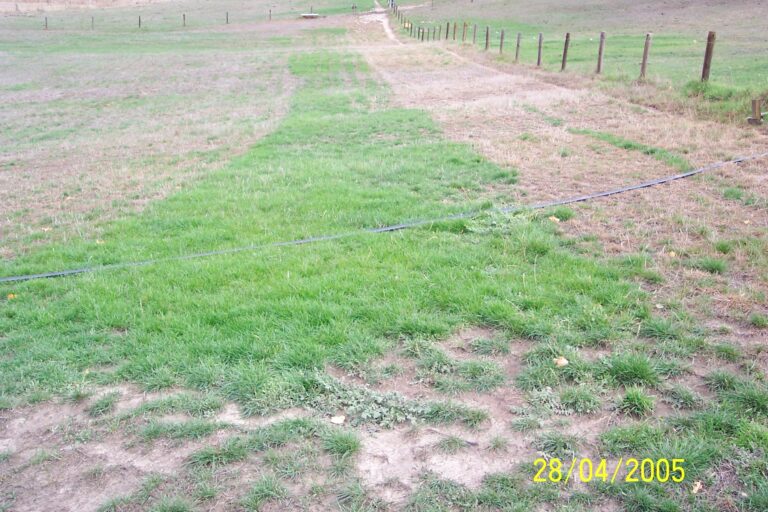


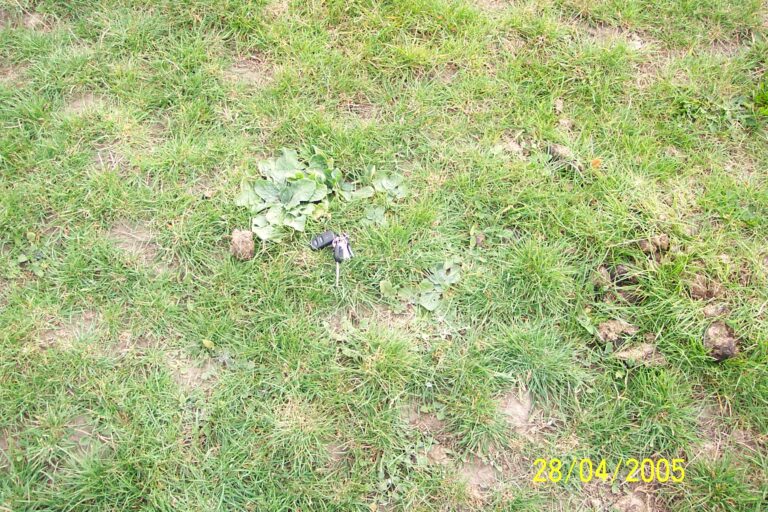
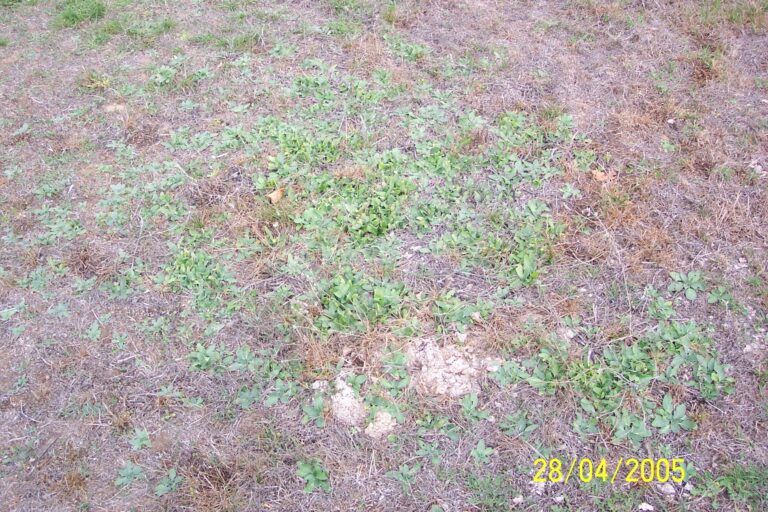
With no real alternative, we switched to a no-spray paddock management system. That meant no more agronomists, but very little other advice either. We decided to live with our Capeweed, mowing it when conditions allowed – a rare thing here in the growing season, with the steep slopes too slick when wet. We learned Capeweed is just an indicator of acid soils and some nutrient imbalances. It doesn’t take over – it grows because the grass is weakening in the depleted soils. So we also decided to start using the stable compost we already made, back on the paddocks. This was tricky without specialised equipment, so Gavin adapted a fertiliser spreader and we made a go of it. And we hand pulled the Salvation Jane that always threatens to retake the land after we had subdued it when first purchasing the farm. It’s also just a soil health indicator, and would heal the soil quicker if allowed to grow, but it’s too toxic for horses to let it grow with the vigour it wants to. So we persisted.
First we noticed native earthworms coming back in the soils on the roots of the Jane we pulled. You know, the big fat juicy ones in an average Australian garden. We thought that was weird … but of course those Jane plants were bringing up nutrients, shading the soil, and concentrating soil biota that worms feed on. So perfectly logical when you learn to listen to nature!
The following spring, eureka… finally a teeny bit of wispy annual grass started to emerge on the bare plain.
It took 3 full years to build a strong pasture cover in those paddocks.
Our first source of inspiration came from a well know author, Pat Coleby. Her knowledge on soils for horse pastures gave us a plan and a way forward. And then ABC Australian Story aired a program called Of Drought and Flooding Rains. We were inspired. Here was a view of the world that meshed with all we’d seen and learned, that offered low-cost solutions and self-reliance. We bought the books and the CD audio books and soaked it all in.
That tragic pasture death was a u-turn in our road that has brought many happy benefits since.
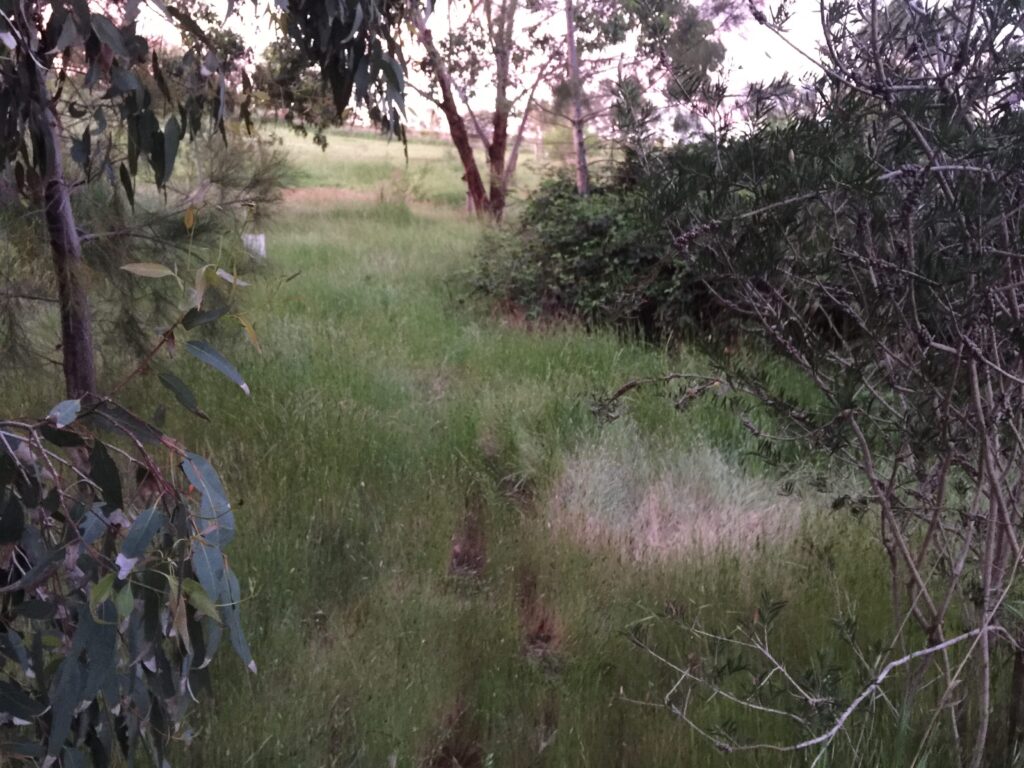
In November 2019 we were really excited to have booked our first-ever visit to Mulloon Creek Farms in the ACT, to see first-hand the major scale works regenerating landscapes using these methods. To meet some of the amazing people who are making this possible by trialling, scientifically and practically, all of the principles that make these Regenerative Agriculture systems so remarkable.
This blog aims to share our family’s experiences, to tell the stories that helped us along the way and hopefully inspire other horse owners to ditch the chemicals and embrace landscape regeneration. For your horses’ health. And your family’s. And now, more than ever, as part of the Regenerative Agriculture movement by which we can reclaim our planet, one small farm at a time.


